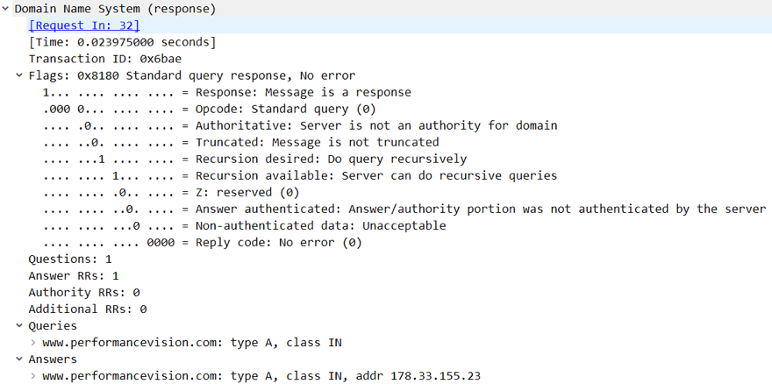


The first DNS response in the PCAP contains a list of the DNS Root Servers. This question is relatively simple but required some digging through the PCAP to answer. In this case we can use the following filter to isolate packets relating to the DNS response to queries for the specified domain: = ""Įxamining the Answers section of the Packet Details we find a TXT record containing the flag. Wireshark has a comprehensive list of built-in Display Filters for working with DNS traffic. What is the response for the lookup for ? SHA1: bda5cafbce553fc6c6fad6b5c300ed65570be2fb 01 – Some good ol fashion txt (50 points) This write-up covers the questions relating to the dns PCAP file. As the questions were split over multiple PCAP files ( shell, smb, dhcp, network, dns, and https), I have decided to split my write-ups by PCAP for ease of reading. This series of write-ups covers the network forensics section.


They also can be used in security investigations to determine abnormal DNS behavior, a problem that's been making headlines lately.In May 2020 the Champlain College Digital Forensics Association, in collaboration with the Champlain Cyber Security Club, released their Spring 2020 DFIR CTF including Windows, MacOS, and Apple iOS images, as well as network traffic analysis, OSINT, and reversing challenges. In the video below, I use a trace file with DNS packets show you how to filter for a specific DNS transaction as well as how to add response time values as a column.Įither technique can help document current performance metrics or aid in seeing patterns within DNS. In short, if the name takes too long to resolve, the webpage will take longer to compose. When clients report poor internet response times, you should verify that DNS is operating efficiently. For example, we type into our address bar and the webpage simply appears. You must also consider additional protocols your application depends on for proper operation.įor example, Domain Name System (DNS) is one of those name resolution protocols we all take for granted. This includes more than the usual ones like IPv4, IPv6, TCP, TCP, and HTTP. I’ve been using and training network analysts how to use Wireshark for more than 10 years, and enjoy sharing tips and tricks to make your life easier.Īs a protocol analyst, you should be aware of the protocols your applications use. When you get to the task of digging into packets to determine why something is slow, learning how to use a network analysis tool effectively is critical.


 0 kommentar(er)
0 kommentar(er)
